Why Do Surveillance Cameras Have Bad Quality?
Surveillance cameras may have bad quality due to various factors such as low resolution, outdated technology, poor maintenance, or cost constraints. Additionally, environmental factors like low light conditions or extreme weather can also impact the quality of surveillance footage.
1、 Technology limitations

Surveillance cameras often have bad quality due to technology limitations. These limitations can include factors such as low resolution sensors, limited bandwidth for transmitting video data, and the need for cost-effective solutions for mass deployment.
Low resolution sensors in surveillance cameras can result in grainy or pixelated images, making it difficult to identify individuals or details in the footage. Additionally, limited bandwidth for transmitting video data can lead to compression of the video feed, further degrading the quality of the footage. This is particularly common in older or budget-friendly surveillance systems.
Furthermore, cost-effective solutions for mass deployment often prioritize affordability over high-quality imaging. As a result, many surveillance cameras are designed with lower quality components to keep costs down, sacrificing image clarity in the process.
However, it's important to note that advancements in technology are continuously improving the quality of surveillance cameras. High-resolution sensors, improved compression algorithms, and faster data transmission technologies are all contributing to better image quality in modern surveillance systems. As a result, newer surveillance cameras are capable of capturing clearer and more detailed footage, addressing some of the historical limitations in image quality.
In conclusion, while technology limitations have historically contributed to the bad quality of surveillance cameras, ongoing advancements are gradually improving the overall quality of surveillance footage.
2、 Cost considerations

Surveillance cameras often have bad quality due to cost considerations. Manufacturers and businesses often prioritize keeping the cost of surveillance systems low, leading to the use of lower quality components such as sensors, lenses, and image processors. This allows them to offer affordable solutions to a wider range of customers, including small businesses and homeowners. Additionally, the cost of storing high-quality video footage can be prohibitive, so lower quality cameras are often chosen to reduce the amount of data that needs to be stored.
However, it's important to note that advancements in technology have led to improvements in the quality of surveillance cameras even at lower price points. The development of high-resolution sensors, better compression algorithms, and more efficient storage solutions has allowed for the production of more affordable cameras with better image quality. As a result, many budget-friendly surveillance cameras now offer higher resolution and clearer images than their predecessors.
Furthermore, the increasing demand for surveillance systems in various industries has also driven manufacturers to improve the quality of their products while keeping costs competitive. As a result, the latest point of view is that while cost considerations still play a significant role in the quality of surveillance cameras, technological advancements and market demand are pushing for better quality at lower prices. This trend is likely to continue, leading to further improvements in the quality of surveillance cameras in the future.
3、 Environmental factors
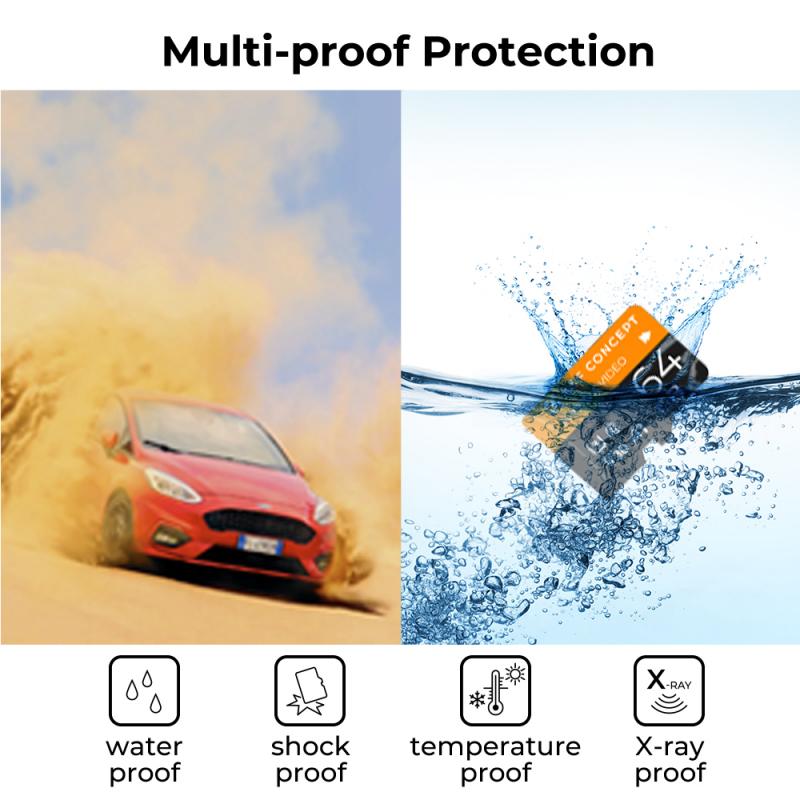
Surveillance cameras often have bad quality due to environmental factors. These factors can include poor lighting conditions, extreme weather, and physical obstructions. In low light conditions, such as at night or in poorly lit areas, surveillance cameras may struggle to capture clear images and videos. Similarly, extreme weather conditions like heavy rain, snow, or fog can obstruct the camera's lens, leading to blurry or distorted footage. Physical obstructions, such as trees, buildings, or other objects, can also interfere with the camera's field of view, impacting the quality of the footage.
In recent years, advancements in surveillance camera technology have aimed to address these environmental factors. For example, the development of infrared and low-light cameras has improved the ability to capture clear images in dark or low-light environments. Additionally, the use of weatherproof and vandal-resistant camera housings has helped protect cameras from extreme weather conditions and physical damage. Furthermore, the integration of artificial intelligence and advanced image processing algorithms has enhanced the ability of surveillance cameras to compensate for environmental challenges and improve overall image quality.
Despite these advancements, environmental factors continue to pose challenges for surveillance cameras, and ongoing research and development efforts are focused on further improving the resilience and performance of these devices in adverse conditions.
4、 Maintenance challenges

Surveillance cameras often have bad quality due to maintenance challenges. These challenges can include issues such as lack of regular cleaning, outdated equipment, and limited resources for repairs and upgrades. Over time, dust and debris can accumulate on the camera lenses, leading to reduced image clarity. Additionally, older cameras may not have the same level of resolution and image processing capabilities as newer models, resulting in lower quality footage.
Furthermore, surveillance cameras are often installed in outdoor environments, exposing them to harsh weather conditions and potential vandalism. This can lead to physical damage and deterioration of the equipment, further impacting the quality of the footage captured.
From a latest point of view, advancements in technology have led to the development of more durable and weather-resistant surveillance cameras, addressing some of the maintenance challenges. Additionally, the use of artificial intelligence and machine learning algorithms in surveillance systems has improved image processing and video analytics, enhancing the overall quality of footage captured.
However, despite these advancements, many surveillance systems still face maintenance challenges, particularly in areas with limited resources or budget constraints. Without proper maintenance and regular upgrades, surveillance cameras are likely to continue to suffer from poor image quality, hindering their effectiveness in providing accurate and reliable security monitoring.






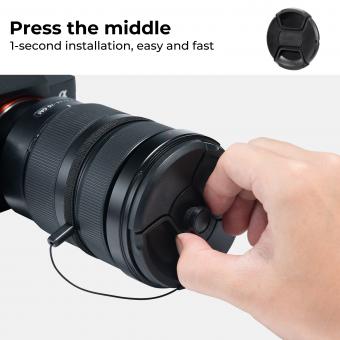





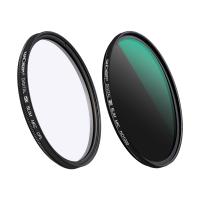


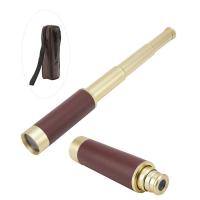

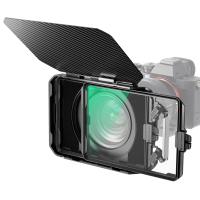
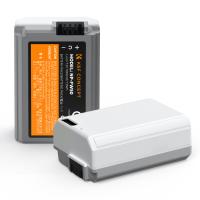

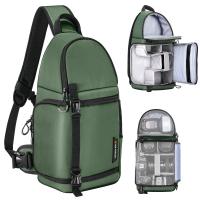
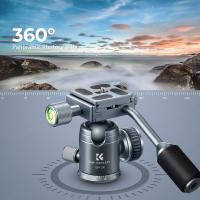
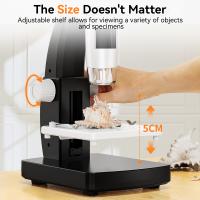





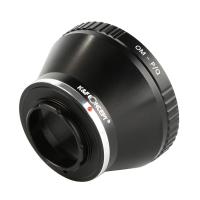
There are no comments for this blog.